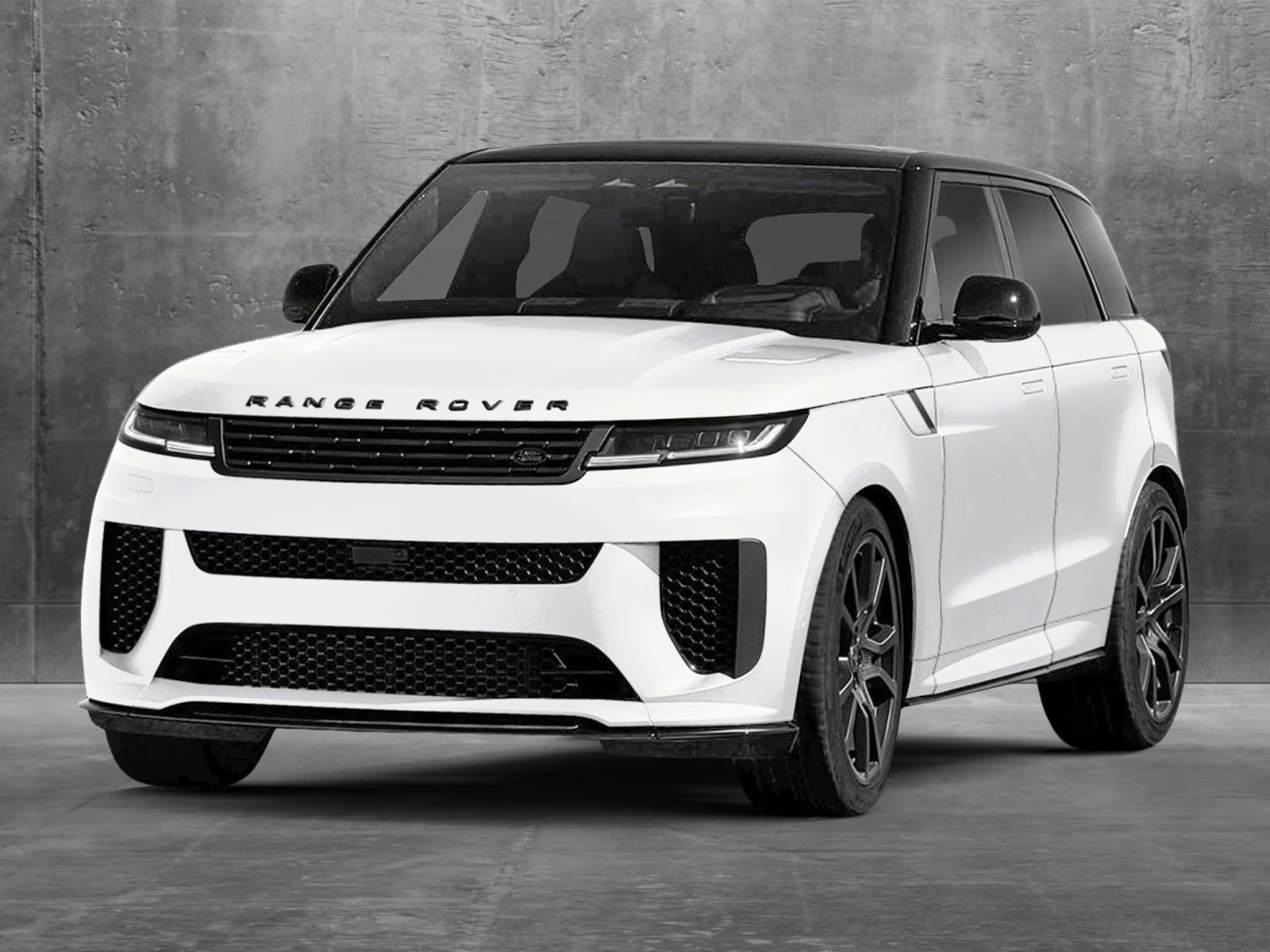As extreme weather events and sudden floods become increasingly common, having a flood-resilient vehicle is more critical than ever. Some vehicles are engineered not just for rugged terrain but also for driving through high water.
From robust wading capabilities to sealed electrical systems, these cars offer reliability and safety when the roads turn into rivers. If you live in a flood-prone area or just want a vehicle that can handle unpredictable weather, these five models excel where others flounder. Let’s explore the top cars that go above and beyond in flood resistance, earning them a place as trusted amphibious companions.
SECTION 1: 5 Cars That Survive Floods
1. Toyota Land Cruiser: The Legacy of Strength
The Toyota Land Cruiser is a legendary off-roader and flood warrior. Despite ending production in 2021, its legacy endures due to its robust design and high wading depth of 700mm. What sets it apart is the attention to its electrical protection, allowing it to function even when partially submerged.
Its V8 engine delivers 381 horsepower and 401 lb-ft of torque, ensuring power even in tough conditions. With a towing capacity of 8,100 lbs, it’s built to handle both water and heavy loads. Though its MSRP starts at $85,665, the Land Cruiser remains a symbol of reliability in flooded environments.
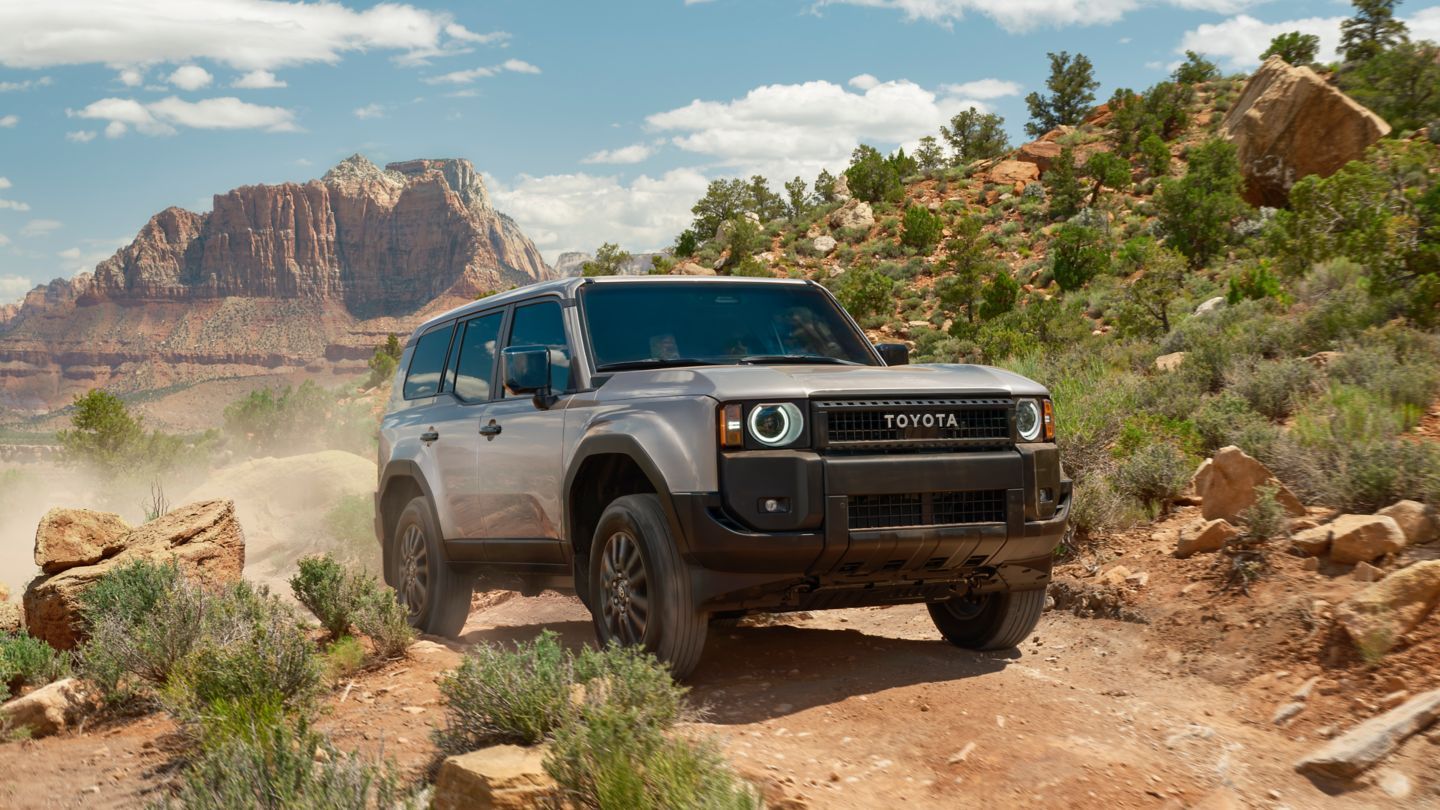
2. Land Rover Range Rover: High-Class, High Water
The Range Rover isn’t just about luxury—it’s a serious contender in flood situations. With a maximum wading depth of nearly 889mm, it’s one of the best vehicles for high water. Thanks to its Wade Sensing System and advanced traction control, drivers are alerted in real time to water levels.
Even if one wheel maintains contact with the ground, its pivoting equilibrium system helps maintain momentum. Engine options include a 3.0L six-cylinder and a powerful 5.0L V8. Though its price starts at $92,000, it offers a rare mix of comfort, innovation, and flood resilience, perfect for both storms and scenic drives.
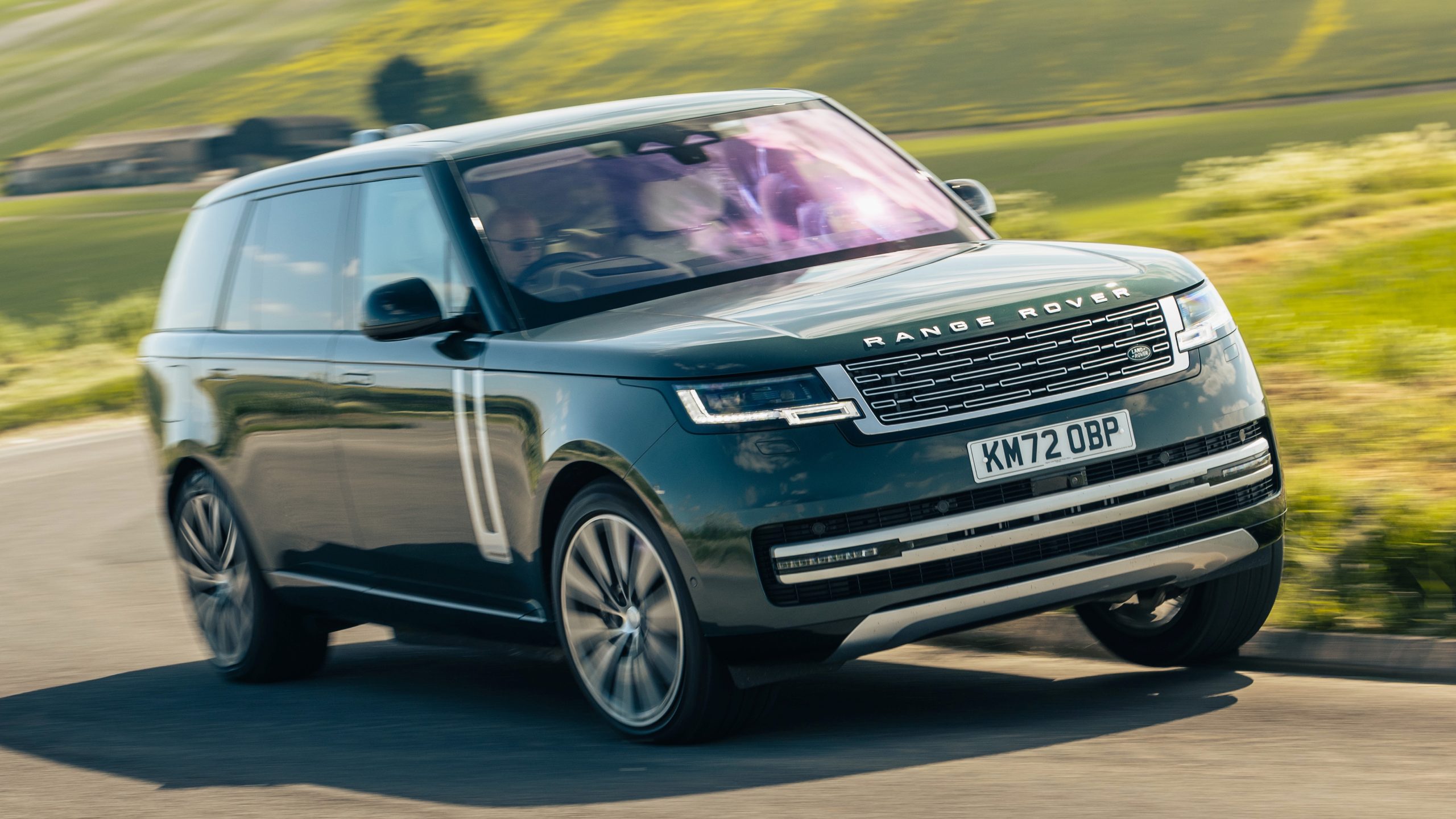
3. Ford Ranger: Affordable and Amphibious
The Ford Ranger offers exceptional fuel performance without the premium price tag. Its wading depth of 31.5 inches puts it in the same league as high-end off-roaders, making it an excellent budget-friendly option. With a 2.3L 4-cylinder engine producing 270 horsepower and a towing capacity of 3,500 lbs, it’s capable, if not overly powerful.
However, its affordability—starting at just $24,820—makes it a smart choice for practical-minded drivers. While it lacks the muscle of larger trucks, the Ranger’s ground clearance and water-handling capabilities make it ideal for moderate flood zones and unexpected stormy conditions.
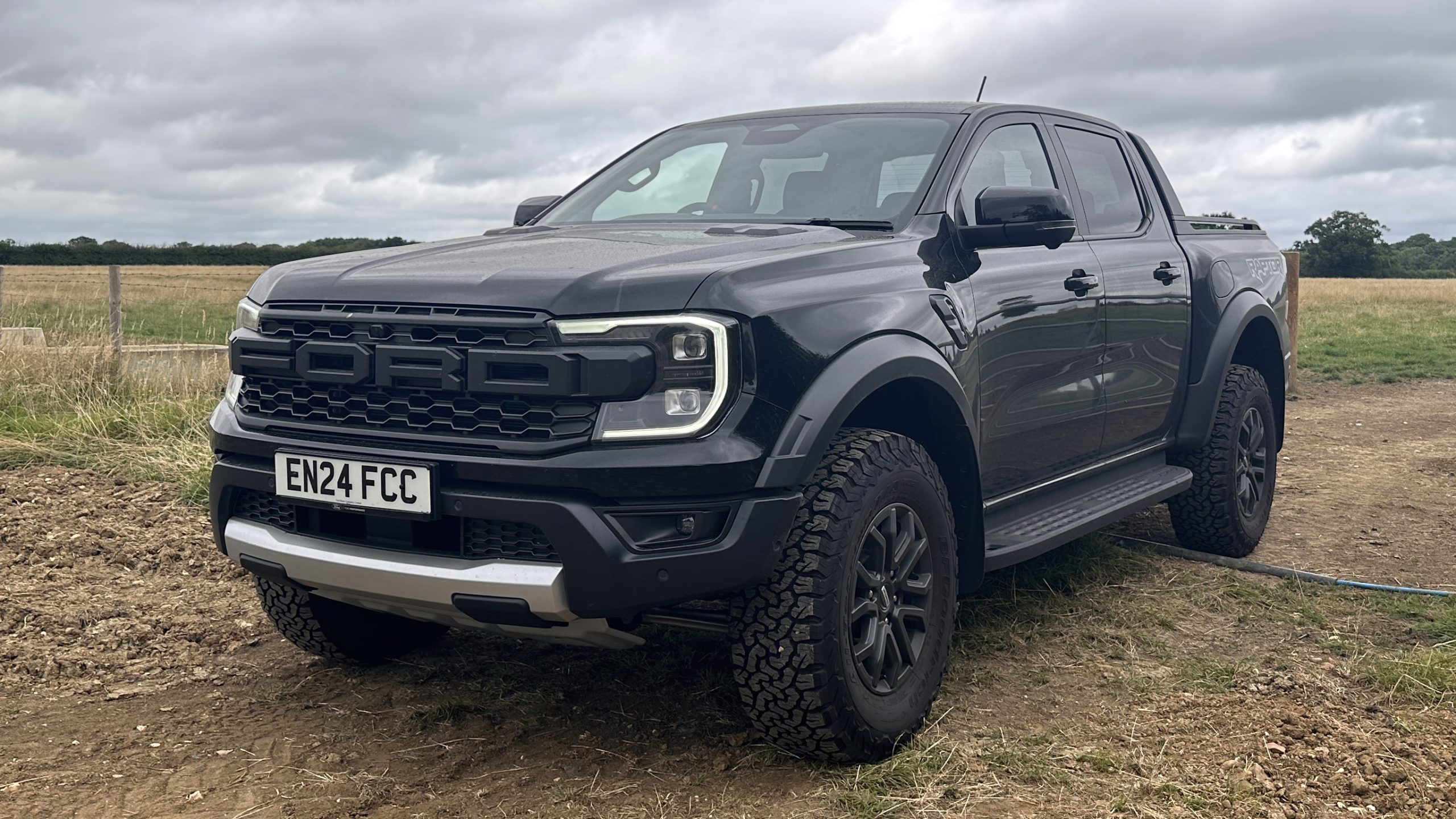
4. Land Rover Defender: The Ultimate Flood Fighter
The Land Rover Defender takes amphibious capability to another level. Built with military and expedition demands in mind, it boasts an exceptional wading depth of 900mm, unmatched in the consumer SUV segment.
Whether crossing rivers or tackling flooded streets, the Defender’s 518-horsepower engine and towing capacity of up to 8,200 pounds make it a force to be reckoned with. Its advanced features include a winch for self-recovery and a rugged design focused on durability and performance.
Starting at around $47,700, it offers elite capability at a more accessible price than the Range Rover, making it ideal for flood emergencies or serious off-road enthusiasts.
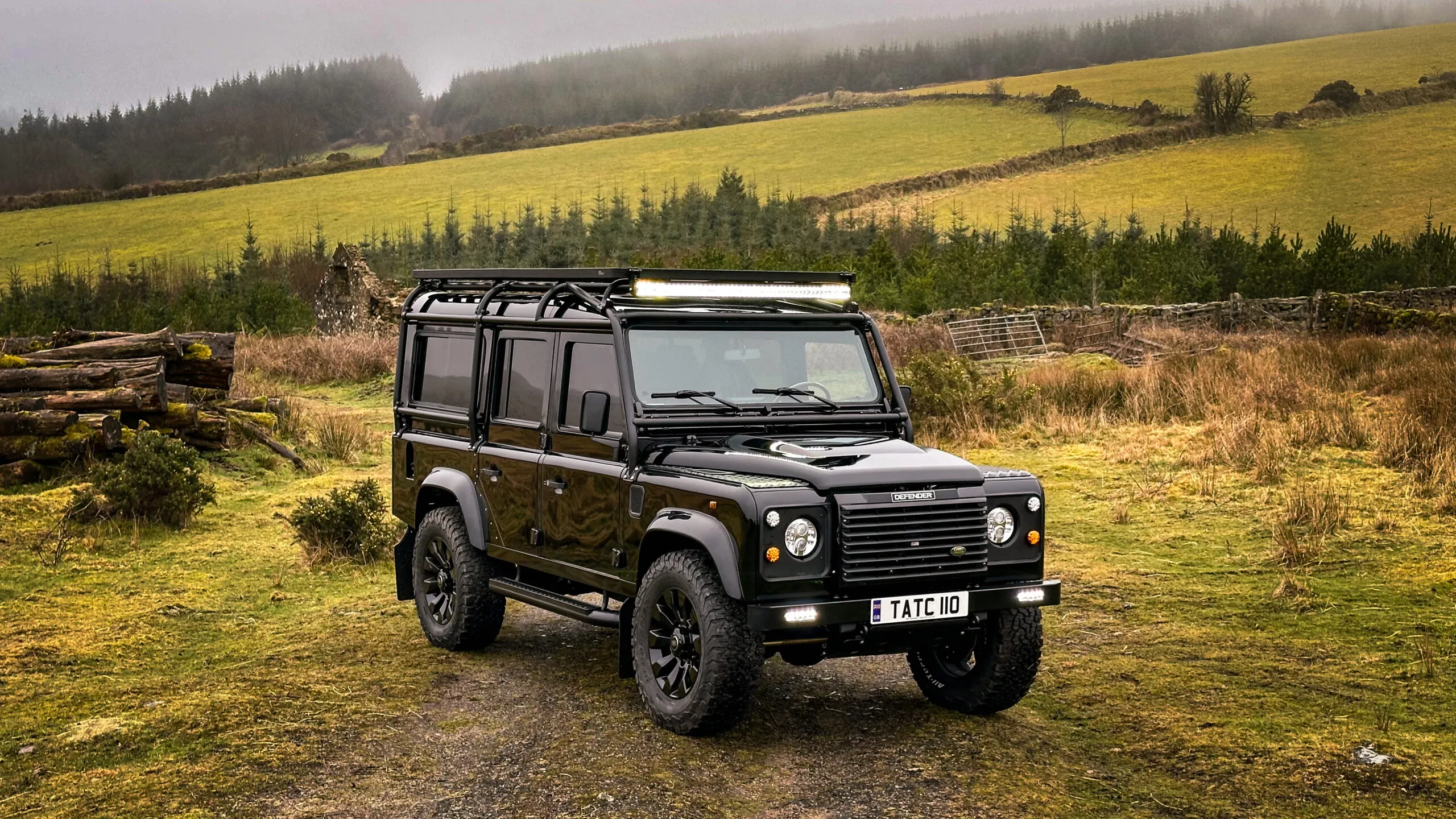
5. 1967 Volkswagen Beetle: The Floating Oddity
Though largely symbolic, the 1967 Volkswagen Beetle gained fame for its unintentional floating ability. Thanks to its sealed unibody design and tight door gaskets, the Beetle could drift on still water for up to 42 minutes. It wasn’t built for it, but the simplicity of its design allowed it to resist water ingress better than some modern sedans.
While not practical for real floods, especially with strong currents or debris, the Beetle’s floating fame made it a charming outlier. It’s not a true flood vehicle, but it deserves an honorable mention for creativity, history, and a touch of 1960s advertising genius.
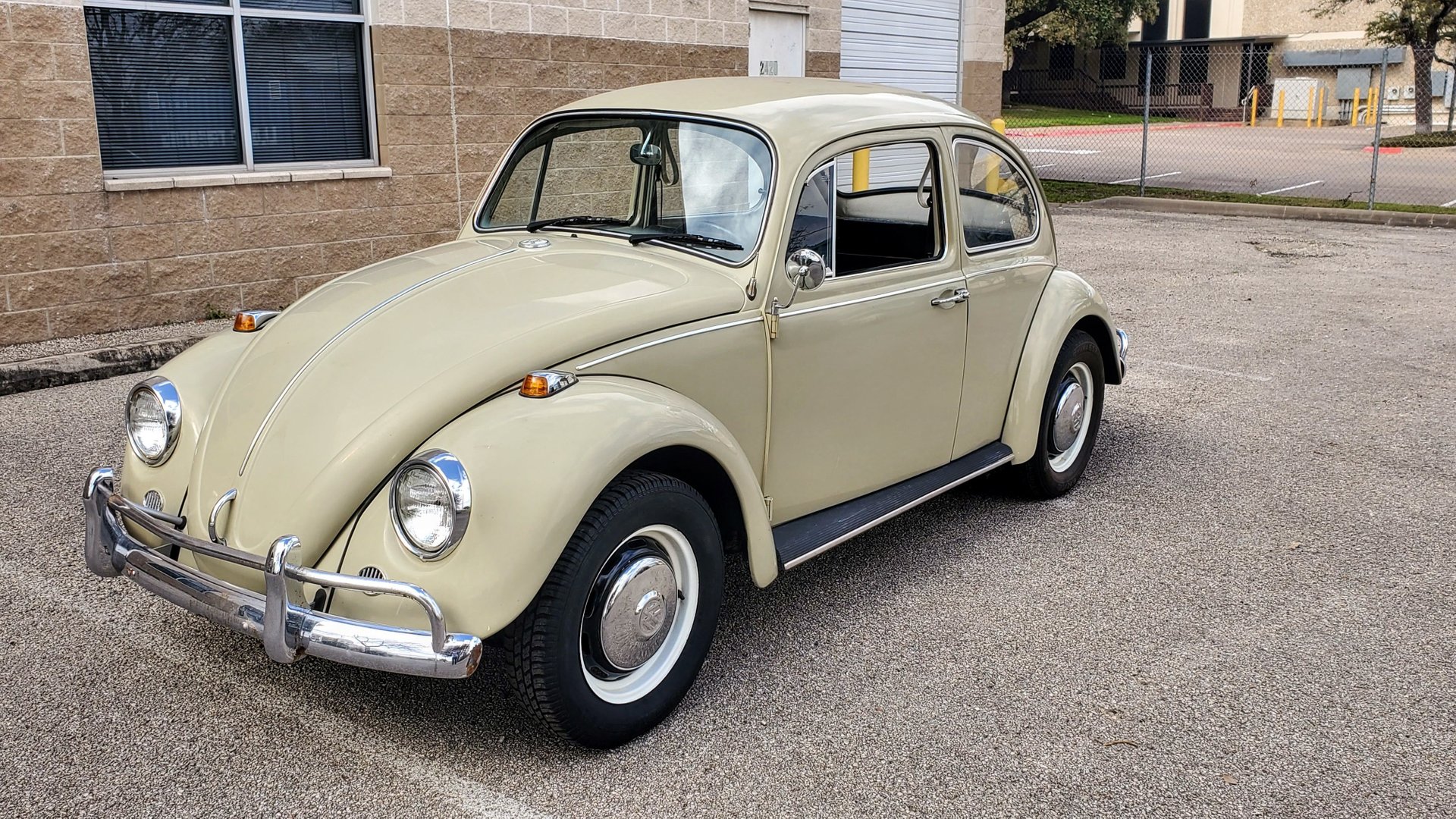
These five vehicles prove that smart design, advanced engineering, and purposeful features make all the difference when roads are submerged. Whether you’re facing urban flash floods or tackling remote water crossings, having a vehicle built for such conditions provides both peace of mind and practical safety.
With high wading depths, sealed electrical systems, and enhanced traction control, these models are built to perform when it matters most. Though their prices and luxury features may differ, they all deliver reliability in extreme weather.
In uncertain conditions, these vehicles could mean the difference between getting stranded and reaching home safely.
Also Read: 5 Cars With Accessible Maintenance and 5 That Are a Nightmare to Service
5 Cars That Die From a Puddle
Not all cars are designed to handle harsh conditions, especially when it comes to water. While some models are built to power through floods, others falter in even light rain. With low ground clearance, exposed air intakes, and inadequate water sealing, some vehicles seem practically allergic to wet roads.
Attempting to drive them through standing water can lead to costly damage and leave you without transportation for weeks. If you live in an area prone to heavy rainfall or flash floods, these are the cars you’ll want to think twice about. Here are five models that are most likely to struggle when the roads turn to rivers.
1. Honda Civic: A City Car’s Wet Nightmare
The Honda Civic excels as a reliable commuter, but floods expose its vulnerabilities. With just 6.7 inches of ground clearance, even minor water can reach the air intake or seep into the cabin. Owners have reported soaked interiors and electronic failures from shallow puddles.
It lacks the sealed underbody and tight door gaskets required to repel floodwater. While its efficiency and affordability make it a great city car, that strength becomes a liability in poor weather. In flood zones, a Civic might become a waterlogged liability, requiring costly repairs and interior cleanups that can rival the car’s resale value.

2. Tesla Model 3: Futuristic but Fragile
The Tesla Model 3 is a technological marvel, but its flood readiness is lacking. With only 5.5 inches of ground clearance, even moderate water poses a serious risk. Though the battery pack is sealed, the minimalist exterior design creates entry points for water, especially around door handles and trunk seams.
Owners have reported cabin leaks and electrical malfunctions after heavy rains or puddles. Compounding the issue, Tesla repairs are expensive, and water damage may void parts of the warranty. Despite its innovation, the Model 3 falters when it comes to real-world resilience in wet conditions. Flood zones beware.
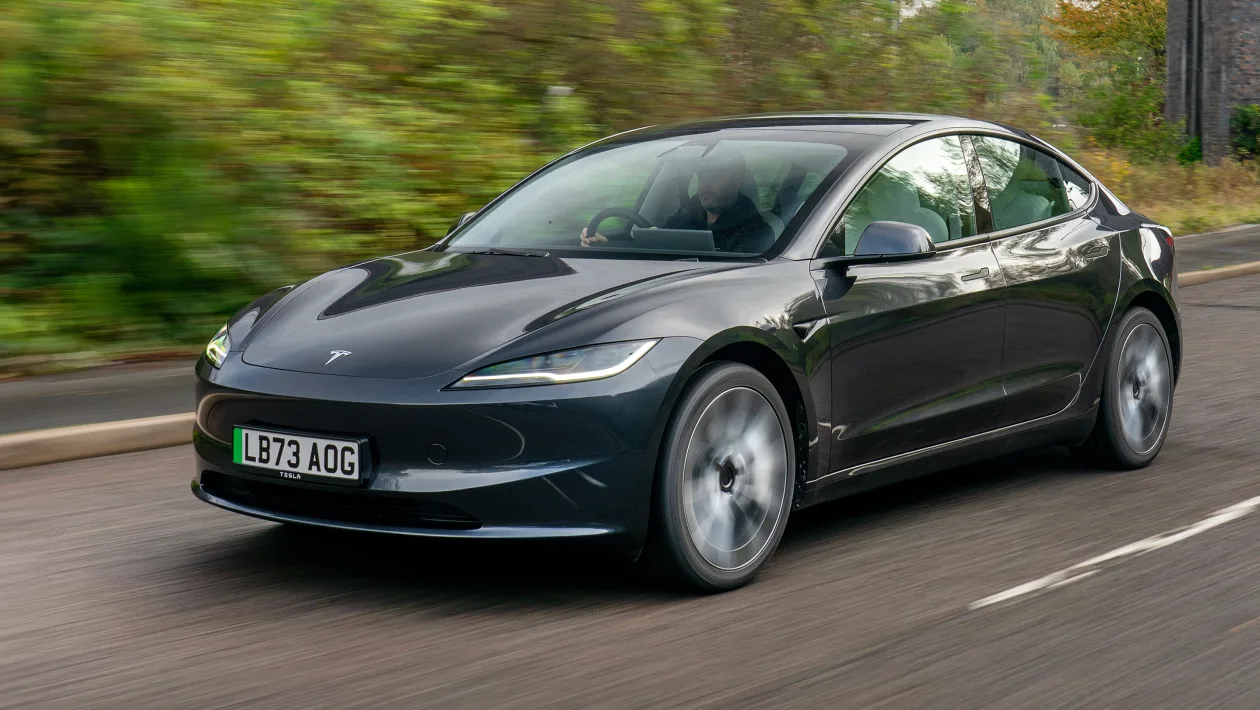
3. Mini Cooper: Small Car, Big Flood Risk
The Mini Cooper is beloved for its compact fun, but not for its ability to withstand water. Its ground clearance of 5.5 inches and small frame make it especially vulnerable to rising water. Poor door and sunroof seals often lead to leaks during rainstorms.
In floods, water easily enters the cabin, soaking carpets and causing mold issues in the tight interior. Even more problematic is its low-mounted air intake, which increases the risk of hydrolocking. It’s a stylish choice for city drivers, but if you’re near flood-prone areas, the Mini Cooper could become a costly mistake.
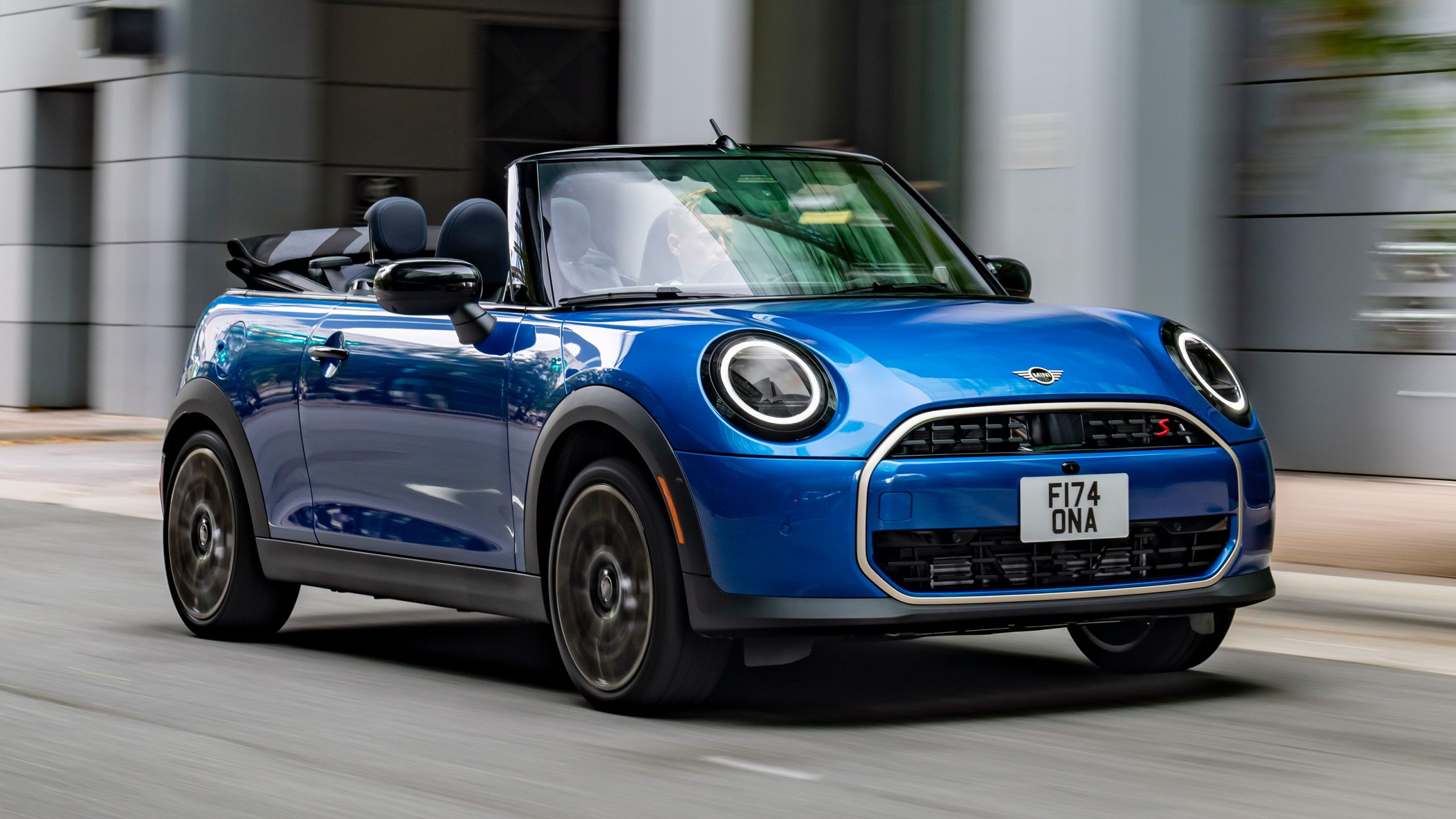
4. Chevrolet Camaro: Muscle Meets Moisture
The Chevrolet Camaro was built for speed, not puddles. With only 4 inches of ground clearance, it’s among the most flood-prone cars on the market. That sleek, low-slung profile becomes a weakness in wet conditions, allowing water to reach sensitive underbody components and the cabin floor quickly.
Owners frequently report electrical issues, soaked interiors, and hydroplaning on wet roads. The Camaro’s performance air intake sits dangerously low, risking catastrophic engine failure if water gets sucked in. While it excels on sunny highways, it’s simply not equipped to handle flooding of any kind—an expensive gamble for stormy weather.
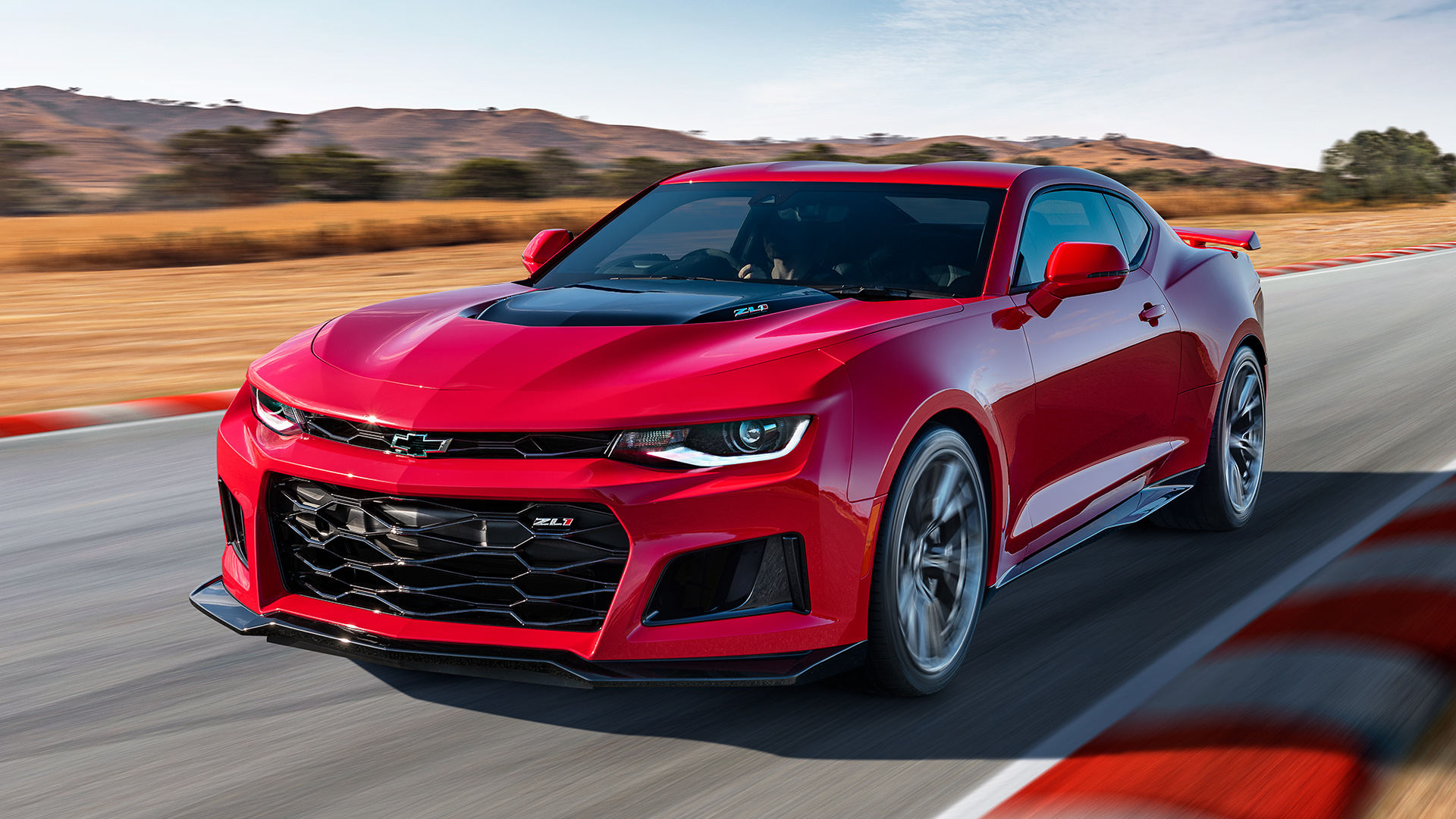
5. Volkswagen Golf: Efficient but Easily Submerged
The Volkswagen Golf is practical and efficient, but it’s a poor performer in flood scenarios. With only 5.4 inches of ground clearance, it’s one of the first cars to struggle with standing water. Trunk and door seals tend to degrade over time, leading to leaks and water intrusion.
Electronic components—especially in older models—often short out after even minor flooding. Fogged headlights, wet carpets, and engine risks from a low-mounted air intake are all frequent complaints. Despite its appeal as a city hatchback, the Golf is a gamble in stormy climates. Water damage and mold can ruin its practicality fast.
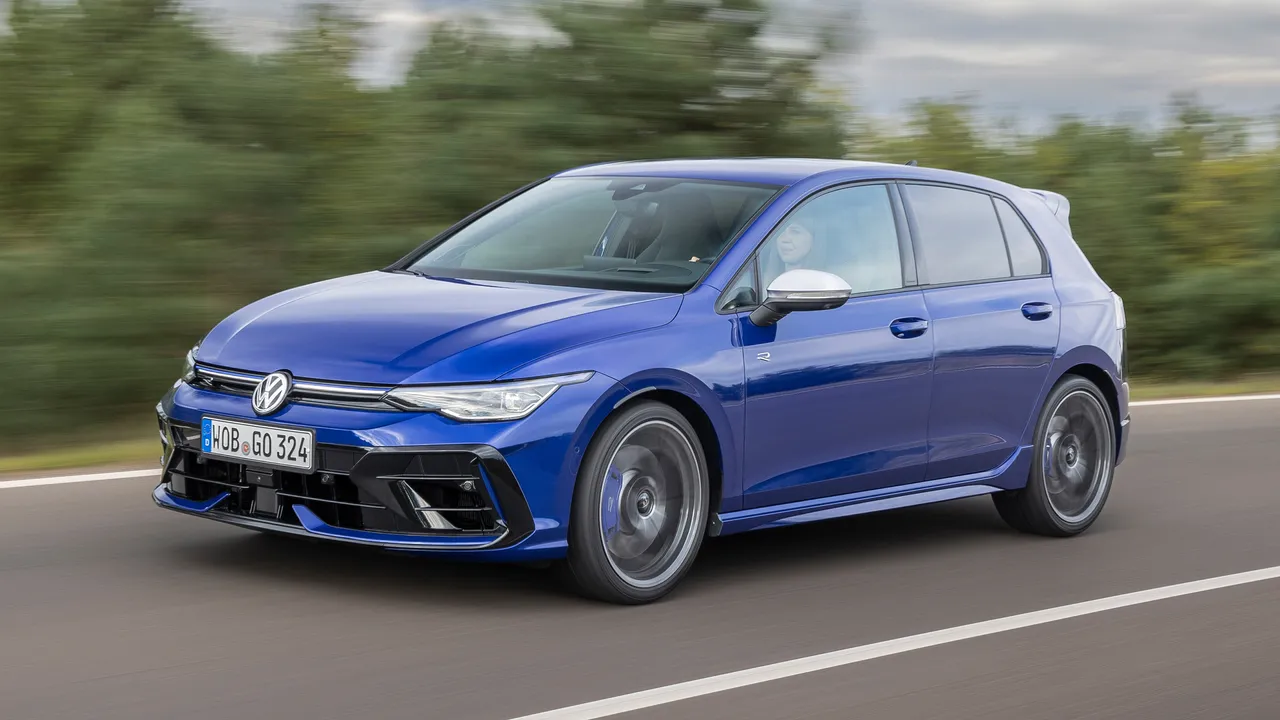
While some cars power through floodwaters with confidence, others are brought to a halt by puddles. Low ground clearance, unprotected air intakes, and weak water sealing make many city-focused vehicles vulnerable during storms.
The cars in this list may be great for fuel efficiency or sporty handling, but when rain turns to floods, they quickly become liabilities. When choosing a vehicle, consider more than just features and looks—think about your environment and weather patterns. Investing in a flood-resilient car could save you thousands and offer peace of mind when the forecast turns grim.
Also Read: 5 Cars With Gloveboxes That Last and 5 That Always Jam

